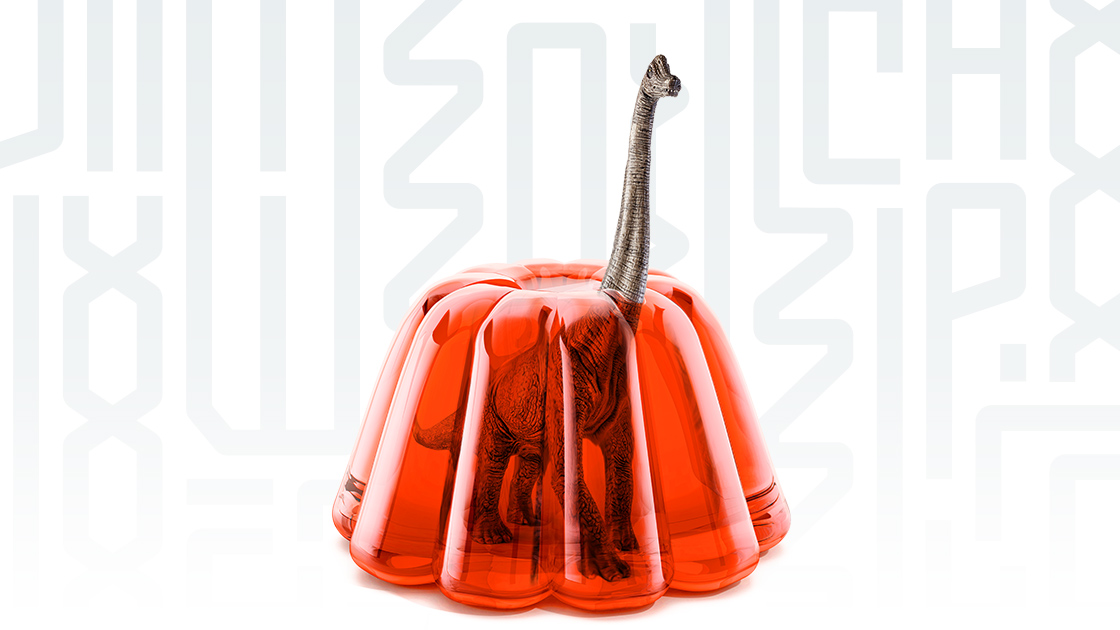

Okay, so you couldn’t call it a race. But still, seeing two self-driving cars circulating a track at an FIA-sanctioned motorsport event is another reminder of just how fast (if you’ll excuse the pun) autonomous driving technology is moving.
The live demo run for DevBot1 and DevBot2 in Buenos Aires yesterday gave a taste of things to come in Roborace, the planned series for electric, driverless cars. Roborace will support the now-established FIA Formula E Championship, a fully-fledged series for all-electric single-seaters, albeit ones steered by human race drivers.
While we’ve seen driverless cars drive a circuit solo before, this synchronised performance by two of them is claimed to be a world-first. If the machines were avoiding contact with each other (something human racing drivers can rarely be trusted to do) using their on-board sensors and systems as claimed, then the significance is clear. Contact avoidance might go against the grain for most race fans, but it’s the most important thing our future city cars will need to do. Day in and day out.
“The ability of the AI software to perceive and interact within a dynamic environment is critical to Roborace,” said Roborace CTO Bryn Balcombe. “Today we demonstrated a major milestone in this direction with full awareness between two vehicles combining world sensing, compute and communication technologies.”
While it seems highly unlikely that driverless motorsport will ever grip the public imagination in the same way ‘traditional’ motorsport and its human competition does, it’s still no surprise that the competitive racing scene is where we’re seeing the technical breakthroughs. Formula E has helped bring the electric car’s viability a long way in just two and a half seasons, and sure enough its concentration of bright minds, along with the dream marketing platform its global roadshow of city-centre street tracks provides, is now attracting and producing related mobility stories.
The two DevBots in Argentina were dressed up in the colours of River Plate and Boca Juniors. Their demo surely came nowhere near a clash between the two local football rivals for intensity. But they did ultimately produce what most spectators (even though some don’t admit it) want from a race : a good crash.
While the accident for the yellow car meant that River Plate cruised to an easy ‘win’, it certainly didn’t spoil the moment beyond repair. Nobody ever said big technological steps are supposed to work perfectly first time — Formula E certainly didn’t. It takes brave souls to roll these things out in public, and they ought to be encouraged.
And besides, while the ‘loser’ may have crashed, the ‘winner’ managed to reach 185 kph. But better than that, it dealt with a situation nobody could have foreseen: a stray dog on the circuit. Apparently the DevBot slowed down and adjusted its line.
Now if that’s not a real-life situation, what is?
